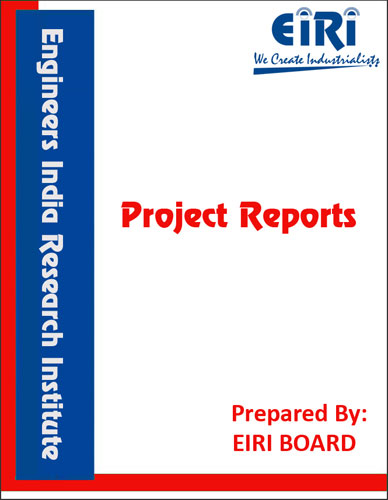DRY PASTA MANUFACTURING LINE (CAP: 200 KGS PER HOUR)
The project report includes Present Market Position and Expected Future Demand, Market Size, Statistics, Trends, SWOT Analysis and Forecasts. Report provides a comprehensive analysis from industry covering detailed reporting and evaluates the position of the industry by providing insights to the SWOT analysis of the industry.
We can prepare PROJECT REPORT as per your INVESTMENT PLAN for BANK LOAN REQUIREMENT and INDUSTRY ANALYSIS. All reports are prepared by highly qualified consultants and verified by a panel of experts.
Have Query? Click Here to Chat
Industry Expert is Online, Chat with him for more detail.

Pasta is a food product made by extruding and drying unleavened dough of wheat flour, and that forms the basis of much Italian cuisine, as well as Chinese, Japanese, Korean, and Southeast.
Asian cuisines, Macaroni is a dried food product made from semolina and shaped in the form of slender tubes.
It is popularly believed that Marco Polo, the 13th Century Italian explorer, introduced pasta to Europe from China. Italian pastas, such as spaghetti and macaroni, are traditionally made from semolina flour derived from durum (extra – hard) wheat.
Pasta may be added to soups; boiled and served with a sauce; served cold with other ingredients in a salad; stuffed with meat, cheese or vegetables and then boiled and baked. There are dozens of varieties of Italian pasta, and they are usually named for their sizes and shapes. Pasta is a highly nutritious food. A 56 – gram (2 – oz) serving of pasta has less than 1 – gram (0.04 – oz) of fat, no sodium, no cholesterol, and about 210 calories.
INTRODUCTION
HISTORY OF PASTA
NUTRITIONAL VALUE OF PASTA AND ITS PROPERTIES
RAW MATERIALS
MARKET SURVEY
OVERVIEW OF PASTA IN ETHIOPIA
FUTURE OF PASTA
MANUFACTURERS OF PASTA
SELECTION OF RAW MATERIALS
MANUFACTURING PROCESS OF SHORT CUT PASTA
(DURUM WHEAT SEMOLINA BASED)
PROCESS IN DETAILS
METHOD OF DOUGH PREPARATION
PROCESS FLOW DIAGRAM
INDUSTRIAL PRODUCTION METHOD OF PASTA
TECHNOLOGY AND PROCESS OF PASTA MAKING
DETAILS OF PASTA DRYING
ADVANCES IN DRYING TECHNOLOGY
PLANT LAYOUT
SUPPLIERS OF RAW MATERIALS
SUPPLIERS OF PLANT AND MACHINERY (IMPORTED)
SHORT CUT PASTA
PRINCIPLES OF PLANT LAYOUT
PLANT LOCATION FACTORS
EXPLANATION OF TERMS USED IN THE PROJECT REPORT
APPENDIX – A :
1. COST OF PLANT ECONOMICS
2. LAND & BUILDING
3. PLANT AND MACHINERY
4. FIXED CAPITAL INVESTMENT
5. RAW MATERIAL
6. SALARY AND WAGES
7. UTILITIES AND OVERHEADS
8. TOTAL WORKING CAPITAL
9. COST OF PRODUCTION
10. PROFITABILITY ANALYSIS
11. BREAK EVEN POINT
12. RESOURCES OF FINANCE
13. INTEREST CHART
14. DEPRECIATION CHART
15. CASH FLOW STATEMENT
16. PROJECTED BALANCE SHEET



